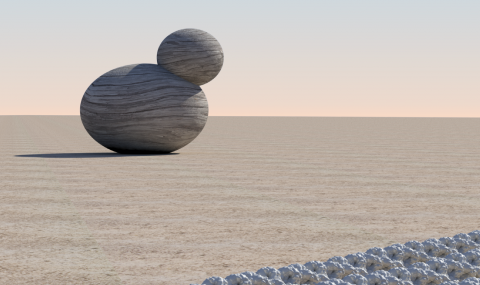The ultimate test for our understanding of the cell machinery is our ability to alter rationally and predictably protein assemblies and pathways in cells and even to design them de novo. In that respect, synthetic biology is key as an approach. In the last two decades, synthetic biology has been successful in the development of gene networks and the design of proteins and assemblies with atomic precision. A future challenge will be to integrate both, with expression circuits functioning in synergy with principles of protein assembly.
To approach this challenge, a research direction in our lab is the creation and quantitative modeling of a self-assembling protein system (Heidenreich et al. Nat. Chem. Biol. 2020). This system is made of two proteins that interact and phase-separate to form the yellow puncta in the video below. This system has been amenable to unprecedented quantitative modeling, as we were able to characterize its phase diagram in cells.
Read more: Designer protein assemblies with tunable phase diagrams in living cells
Video abstract:


